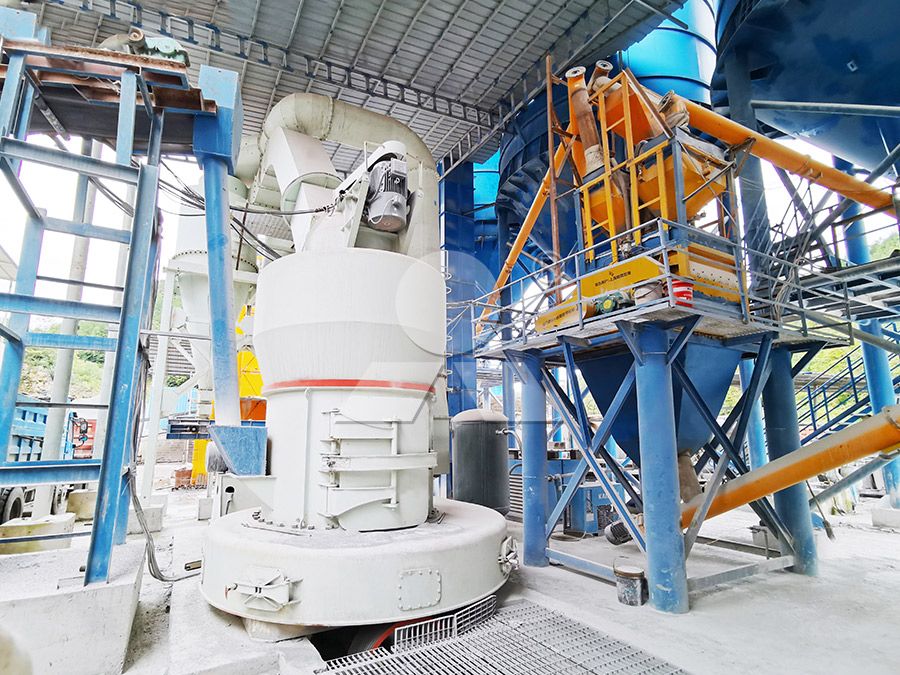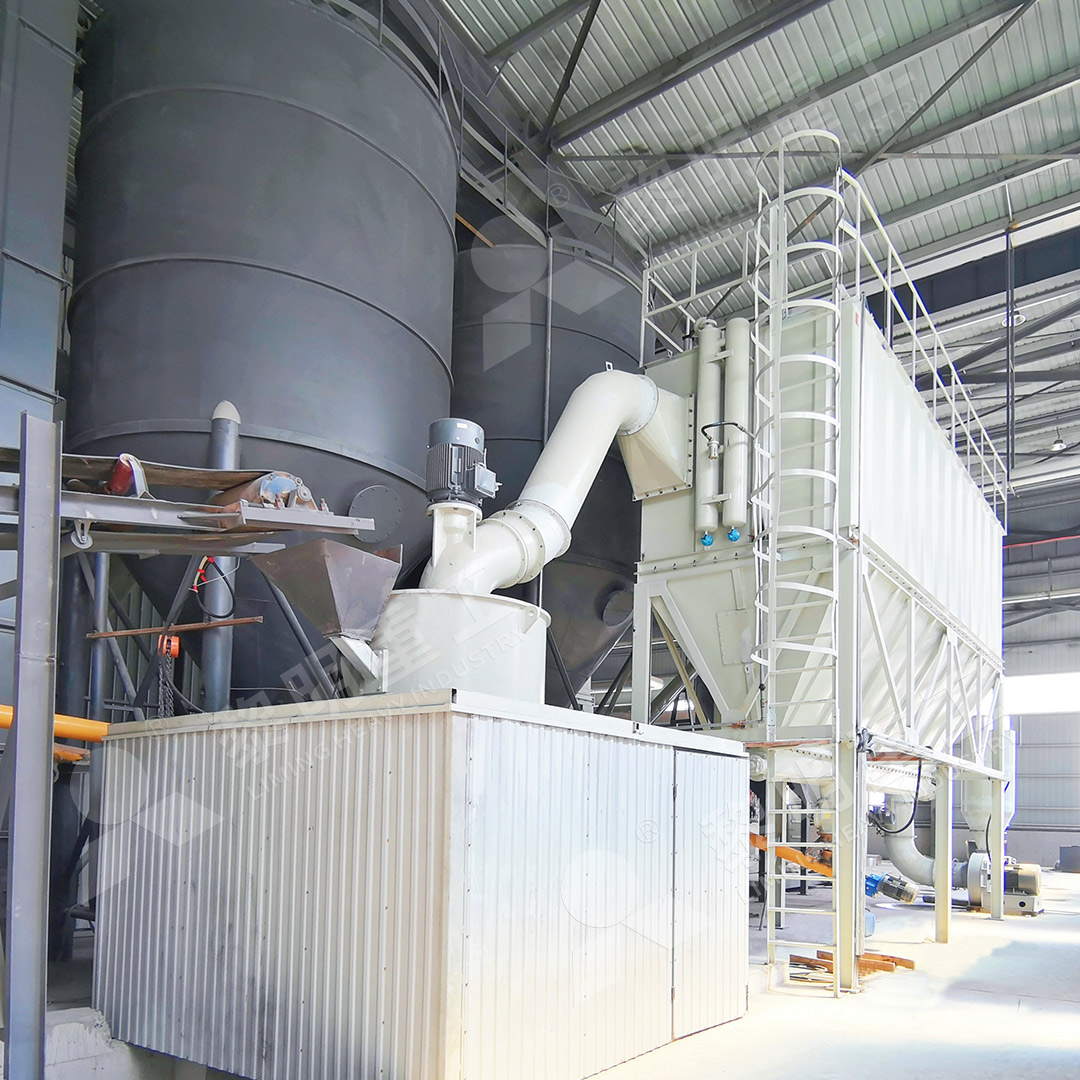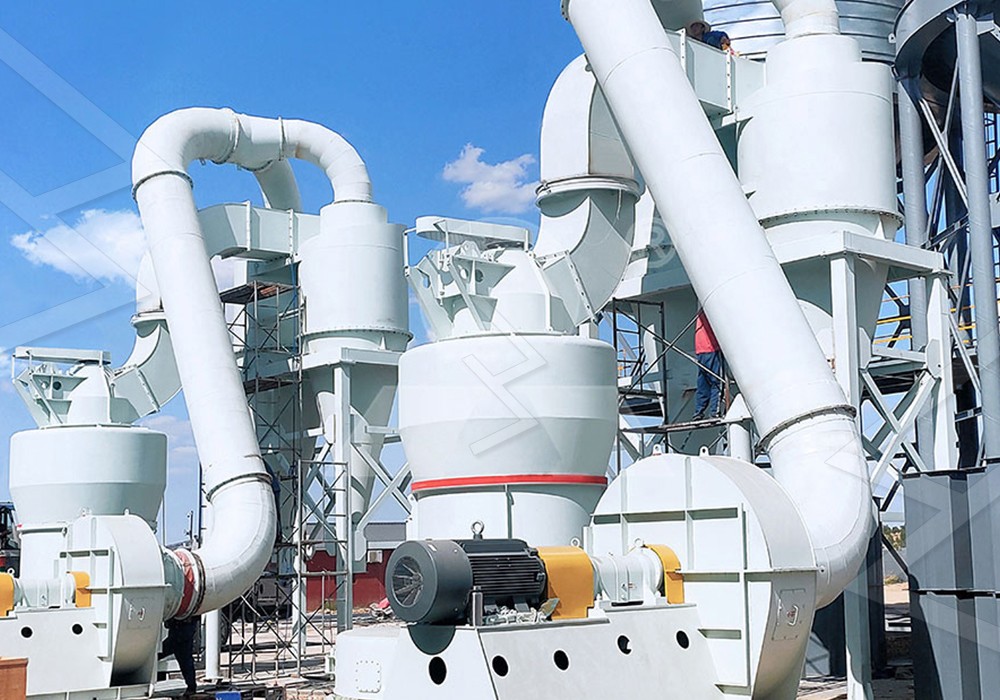Raymond Mill Production: 300 Tons per Day of 50 Mesh Powder
Raymond Mill Production: 300 Tons per Day of 50 Mesh Powder
In today’s competitive industrial landscape, achieving consistent high-volume production of fine powders is a critical challenge for many operations. For operations requiring 300 tons per day of 50 mesh powder, selecting the right grinding equipment becomes paramount to profitability and efficiency.
The traditional approach to medium-fine powder production has often involved multiple grinding stages or oversized equipment to meet demanding production targets. However, advancements in milling technology now offer more efficient pathways to achieve these goals without compromising on product quality or operational costs.

Meeting High-Capacity Production Demands
When targeting 300 tons daily output of 50 mesh powder, several factors must be carefully considered. The grinding system must handle continuous operation with minimal downtime, maintain consistent particle size distribution, and operate with energy efficiency to keep production costs manageable.
For operations requiring this scale of production, we typically recommend considering multiple units or a single high-capacity system designed for continuous industrial operation. The key is balancing initial investment with long-term operational efficiency and maintenance requirements.
Advanced Solutions for Modern Production Needs
While traditional Raymond mills have served industry well for decades, newer technologies offer significant advantages for high-volume operations. For clients requiring ultra-fine powder capabilities alongside their 50 mesh production, our MW Ultrafine Grinding Mill presents an excellent solution. With an input size capacity of 0-20 mm and throughput ranging from 0.5-25 tph, this system can be configured to meet various production scenarios.
The MW series is particularly noteworthy for its higher yielding and lower energy consumption compared to conventional systems. The newly designed grinding curves of grinding roller and grinding ring enhance grinding efficiency significantly. Independent testing confirms production capacity is 40% higher than jet grinding mills and stirred grinding mills, with yield twice as large as traditional ball grinding mills, while system energy consumption is only 30% of jet grinding mill systems.

Operational Excellence in Powder Production
Beyond raw production numbers, successful high-volume powder operations require attention to several critical factors. Dust control becomes increasingly important at larger scales, both for worker safety and environmental compliance. Noise reduction, maintenance scheduling, and product consistency across the entire production run must be carefully managed.
The MW Ultrafine Grinding Mill addresses these concerns through its efficient pulse dust collector and muffler system, which effectively reduces dust and noise emissions. The absence of rolling bearings and screws in the grinding chamber eliminates common failure points, while external lubrication systems enable maintenance without production stoppages.
For operations that may require flexibility in product fineness, the adjustable fineness between 325-2500 meshes provides significant operational advantages. The German-technology cage-type powder selector ensures precise powder separation, allowing producers to quickly adapt to changing market demands.

Strategic Equipment Selection
When planning for 300 tons per day production, the selection between multiple smaller units or fewer high-capacity systems involves careful consideration of facility layout, maintenance capabilities, and redundancy requirements. Many successful operations opt for a combination approach, using multiple MW Ultrafine Grinding Mills to provide both production capacity and operational flexibility.
The digitalized processing and high precision manufacturing of modern grinding equipment ensures consistent performance across multiple units, while the availability of original spare parts and technical support guarantees worry-free operation even in demanding production environments.
Frequently Asked Questions
What is the typical energy consumption for producing 300 tons of 50 mesh powder daily?
Energy requirements vary by material hardness and moisture content, but modern systems like the MW Ultrafine Grinding Mill typically consume 30-40% less energy than conventional grinding mills for equivalent output.
Can the same equipment produce different fineness levels if market demands change?
Yes, advanced mills feature adjustable fineness controls. The MW series, for example, offers adjustable fineness between 325-2500 meshes, allowing producers to adapt to changing market requirements without equipment replacement.
How is dust control managed in high-volume powder production?
Modern grinding mills incorporate efficient pulse dust collectors that contain dust throughout the milling process. The MW series operates with no dust pollution generation and includes silencers and noise elimination features for comprehensive environmental compliance.
What maintenance requirements should we anticipate for continuous operation?
Equipment with no rolling bearings or screws in the grinding chamber significantly reduces maintenance needs. External lubrication systems allow maintenance without shutdowns, while digital monitoring enables predictive maintenance scheduling.
Is it better to use one high-capacity unit or multiple smaller units for this production target?
This depends on your facility layout and redundancy requirements. Multiple units provide operational flexibility and maintenance scheduling advantages, while single high-capacity systems may offer lower per-ton infrastructure costs.
